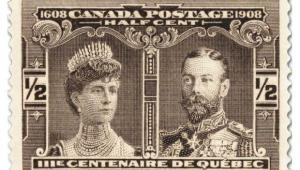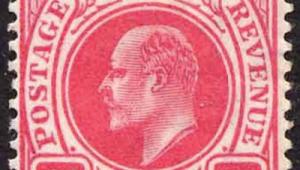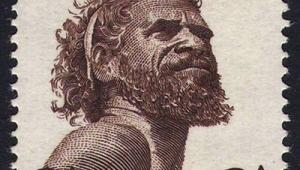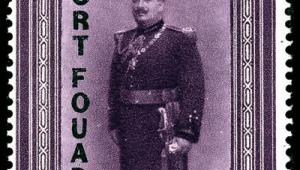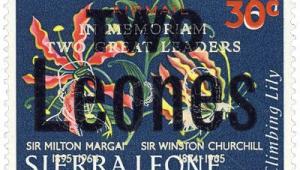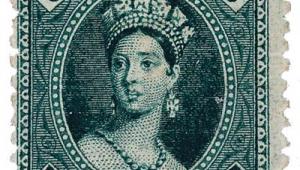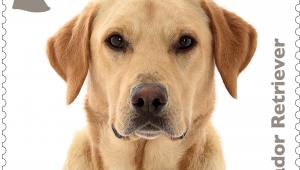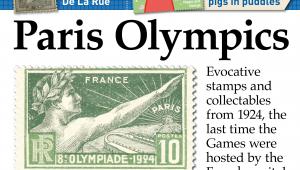India's first stamps were ground-breaking bicolours
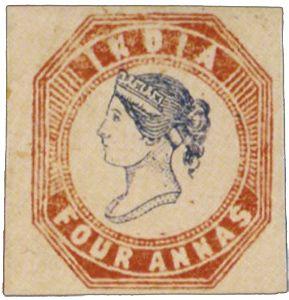
A commission reviewing its efficiency suggested the introduction of adhesive stamps, akin to those of Great Britain. However, the cost of commissioning Perkins Bacon to engrave copper plates and recess-print these would be prohibitive, so a cheaper local approach was required.
A decision was made in favour of lithography, a technique which the Survey Office in Calcutta already used in map production. Accordingly, it was the Deputy Surveyor-General, Captain H L Thuillier, who was given the task of producing them.
From preliminary sketches, Thuillier commissioned a local engraver to set up dies, and after one abortive attempt at printing he had a 1/2-anna blue and a 1a red available for sale on October 1, 1854.
Their simple design had a portrait of Queen Victoria in a rectangular frame, with the country name at the top and the value at the bottom.
The authorities immediately gave the Survey Office a new challenge by changing its plans for two further stamps. The anticipated 8a value was to be abandoned in favour of a more versatile 2a green, while the 4a (which would now serve as the top value) was to be printed in two colours, with a red frame surrounding an indigo Queen’s head.

Early printings of the 4a were widely spaced within a grid of wavy lines
Separate copper dies were engraved for the head and an octagonal frame. These were transferred to small lithographic stones, each producing only 12 impressions, widely spaced in three rows of four with a chequer-board of wavy lines separating them.
The stamps went on sale in Calcutta’s post office on October 15, 1854. Heavy demand for the value prompted four further printings over the next year, using four different dies for the head and two for the frame.
The number of impressions per sheet was also increased from 12 to 24 in the later printings, by closing up the spacing between the stamps and taking out the wavy lines.

A used 'inverted head' error
In retrospect, philatelists were remarkably slow to cotton on to this. It would be 20 years before its existence was recorded, and another four years before it was catalogued!

The complete 1854 first issue of India on cover to Ireland, featuring the ½a blue, 1a red, 2a green and radical two-colour 4a
